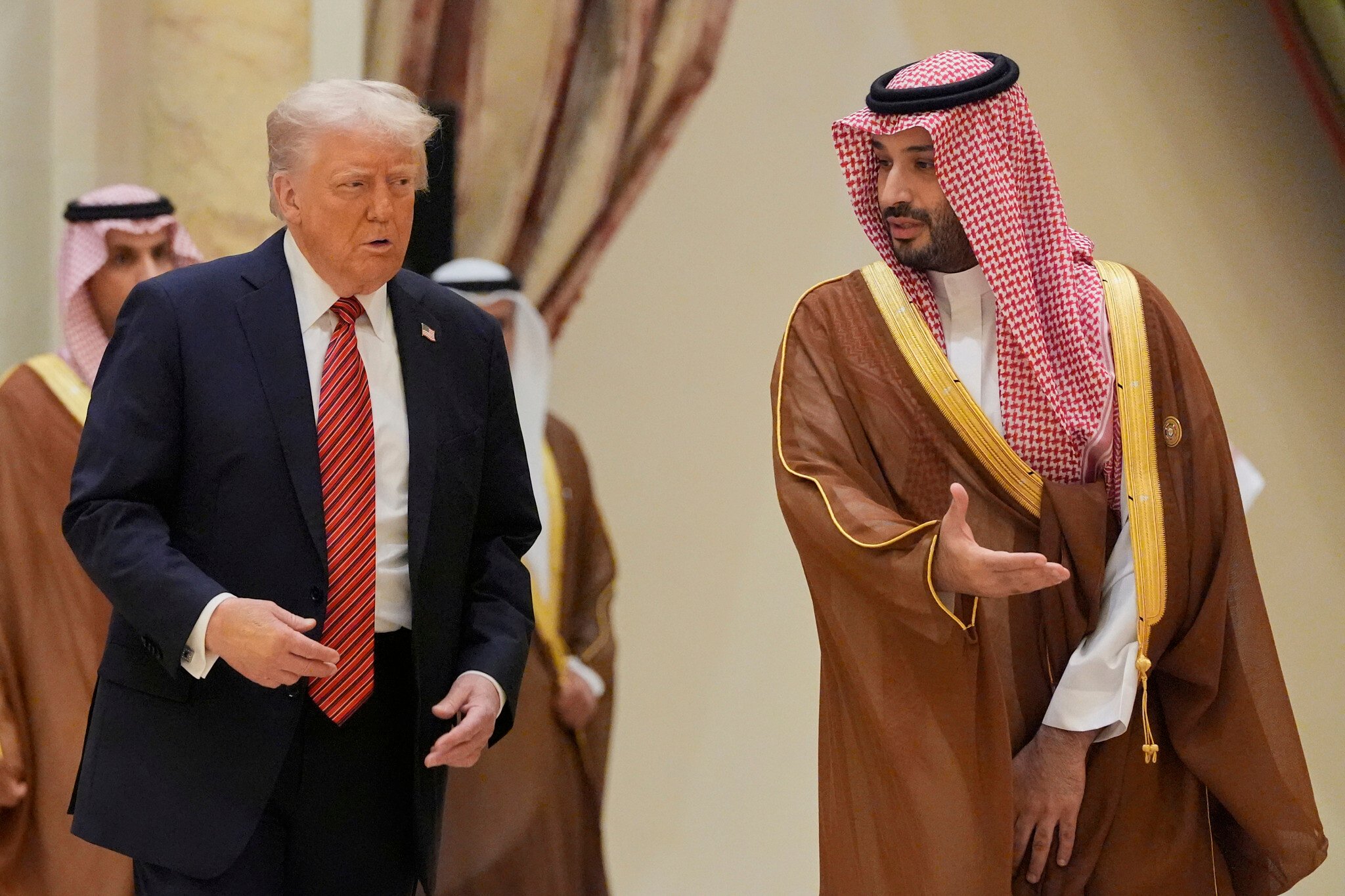
Saudi Arabia’s Defense Dilemma: Why Sign a Pact with Pakistan If a U.S. Deal Is on the Way?
Saudi Arabia’s shifting defense strategy is drawing global attention once again. Just weeks after signing a mutual defense pact with Pakistan, Riyadh has now entered advanced talks with the United States for a formal defense treaty — one that could guarantee U.S. support in the event of an attack on the Kingdom. The timing raises an obvious question: why would Saudi Arabia need two defense pacts within such a short span of time — and with two very different partners?
The Saudi-Pakistan Strategic Mutual Defence Agreement (SMDA), signed on September 17, 2025, was presented as a historic milestone. The pact promised that any aggression against one nation would be treated as an attack on both. For Pakistan, it was a much-needed diplomatic and strategic win — especially after recent tensions with Afghanistan left its image weakened. For Saudi Arabia, it offered access to Pakistan’s well-trained military and nuclear deterrence capabilities, expanding its defense options beyond traditional Western support.
But barely a month later, reports from Financial Times and Reuters confirm that Crown Prince Mohammed bin Salman is negotiating a U.S.–Saudi defense treaty. The proposed deal resembles the U.S.–Qatar model, giving Saudi Arabia direct American security guarantees and possibly deeper military cooperation, technology transfer, and arms access.
This sudden pivot has raised eyebrows — not least in Islamabad. If the U.S. pact materializes, Saudi Arabia would be effectively protected by the world’s largest military power. That raises doubts about the practical weight of its recent defense pact with Pakistan. Was the SMDA just symbolic — a diplomatic gesture meant to strengthen regional ties and assert independence before moving back under Washington’s security umbrella?
Some analysts believe that the Pakistan–Afghanistan border clashes may have influenced Saudi’s timing. With Pakistan appearing vulnerable and embroiled in conflict, Riyadh may have felt the need to hedge its bets by securing stronger, more reliable protection from Washington. Others argue that Saudi Arabia is simply playing a balancing act — maintaining regional defense partnerships while restoring strategic trust with the U.S. after years of friction.
Whatever the reasoning, the optics are clear: Saudi Arabia is repositioning itself at the center of a new regional security equation. The dual defense arrangements — one with a regional ally like Pakistan and another with a global superpower like the U.S. — could either reinforce its security or expose Riyadh’s uncertainty about who it truly trusts.
In the end, this move isn’t just about defense; it’s about influence, leverage, and power. As the Middle East reconfigures its alliances, Saudi Arabia is making sure it’s not caught without a shield — no matter which side provides it.
